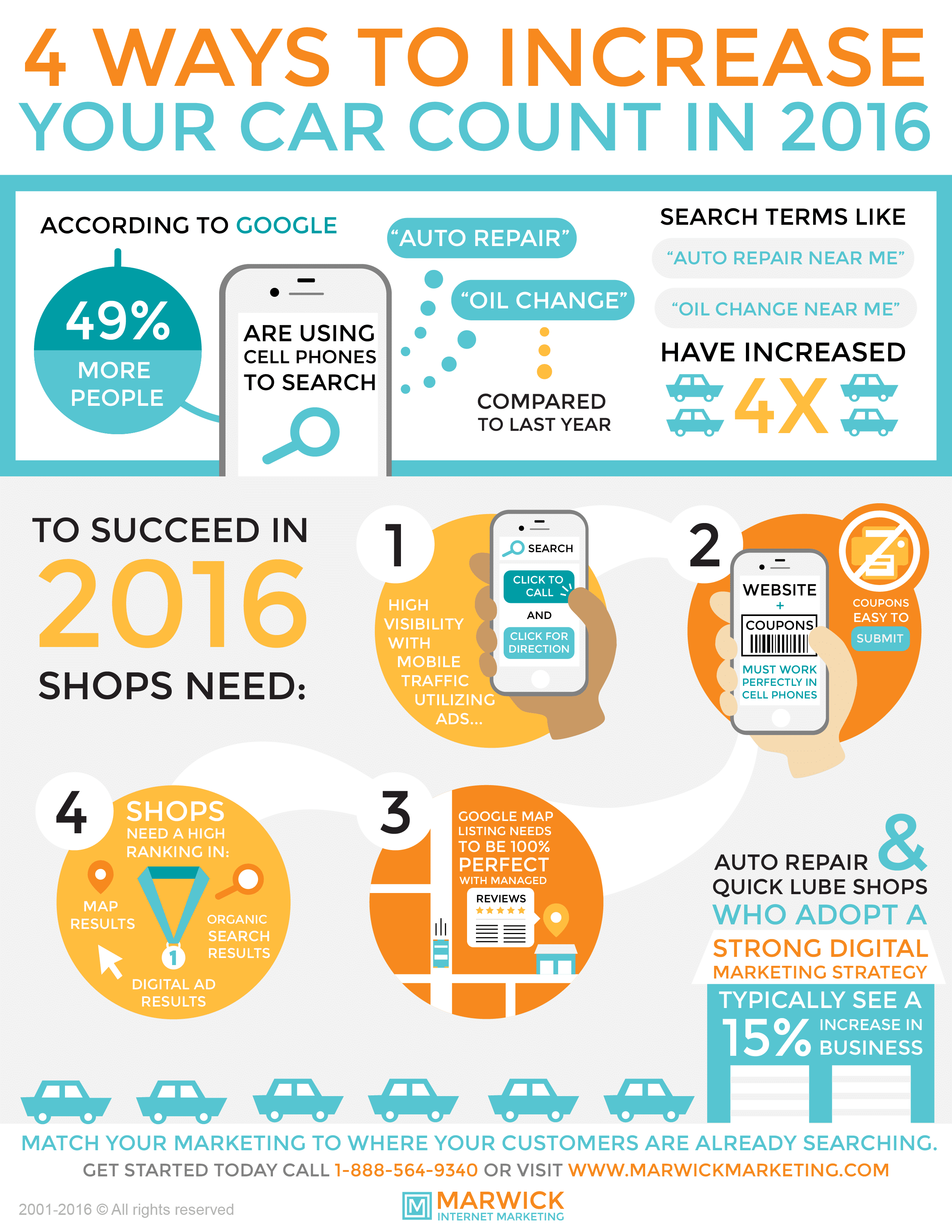Assessing Your Car'S Warning Indicators: What They Actually Convey
Assessing Your Car'S Warning Indicators: What They Actually Convey
Blog Article
Authored By-Hartley Shepherd
When you're behind the wheel, those beautiful caution lights on your control panel can be a little bit complicated. Do you understand what they're attempting to tell you regarding your automobile's health and wellness? Comprehending the significance of these lights is essential for your safety and the durability of your lorry. So, the following time one of those lights turns up, wouldn't you intend to decipher its message properly and take the necessary steps to resolve it?
Common Caution Lights and Interpretations
Recognize usual caution lights in your cars and truck and understand their definitions to make sure secure driving.
One of the most regular warning lights include the check engine light, which signifies issues with the engine or exhausts system. If this light comes on, it's essential to have your automobile checked quickly.
The oil stress alerting light shows low oil stress, calling for instant focus to avoid engine damages.
https://brakechangecost28495.newbigblog.com/37269425/personal-account-refreshing-my-aging-auto-with-a-weekend-describing-effort blinking battery light may recommend a faulty charging system, possibly leaving you stranded if not addressed.
The tire stress surveillance system (TPMS) light signals you to reduced tire stress, affecting car stability and fuel efficiency. Disregarding this can result in dangerous driving conditions.
The abdominal muscle light shows a trouble with the anti-lock braking system, compromising your capability to stop quickly in emergency situations.
Last but not least, the coolant temperature level advising light warns of engine overheating, which can cause serious damage otherwise dealt with promptly.
Understanding these common warning lights will certainly help you resolve problems quickly and keep risk-free driving problems.
Value of Prompt Attention
Understanding the typical warning lights in your auto is only the initial step; the relevance of promptly attending to these cautions can not be stressed enough to guarantee your security when driving.
When a warning light brightens on your control panel, it's your auto's way of interacting a prospective issue that requires attention. Overlooking visit the following web page can bring about much more extreme problems down the road, endangering your safety and security and potentially costing you more out of commission.
Prompt attention to alerting lights can prevent failures and crashes. For example, a blinking check engine light might indicate a misfire that, if left ignored, could cause damages to the catalytic converter. Addressing this without delay can conserve you from an expensive repair.
In a similar way, a brake system warning light could signify reduced brake liquid or worn brake pads, critical components for your safety and security when driving.
DIY Troubleshooting Tips
If you see a caution light on your control panel, there are a couple of do it yourself repairing pointers you can attempt before seeking specialist assistance.
The first step is to consult your cars and truck's manual to recognize what the certain warning light suggests. Often the issue can be as simple as a loosened gas cap setting off the check engine light. Tightening up the gas cap might solve the problem.
An additional usual issue is a reduced battery, which can cause different advising lights. Inspecting the battery connections for rust and ensuring they're safe could take care of the issue.
If a caution light continues, you can try resetting it by disconnecting the car's battery for a couple of mins and then reconnecting it. Furthermore, checking your vehicle's liquid degrees, such as oil, coolant, and brake liquid, can help fix warning lights related to these systems.
Final thought
In conclusion, comprehending your car's warning lights is vital for keeping your vehicle running smoothly and safely. By without delay dealing with these alerts and recognizing what they indicate, you can prevent expensive repair work and potential break downs.
Bear in mind to consult your automobile's guidebook for certain information on each warning light and act accordingly to ensure a hassle-free driving experience.
Stay notified, remain risk-free when driving!
